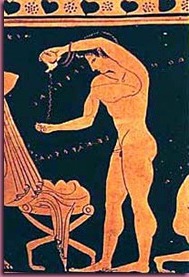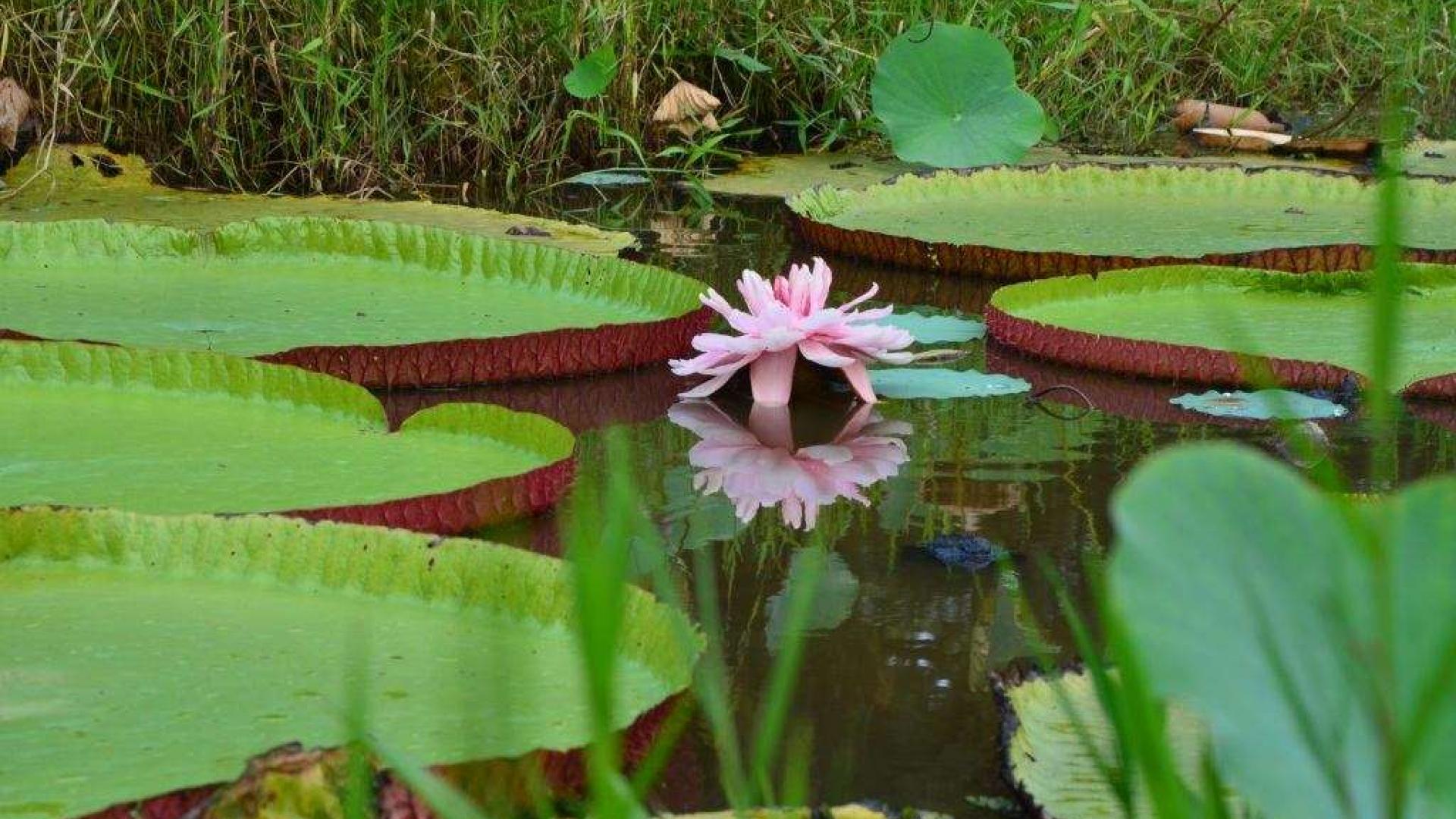Hygiene culture in Europe
 Antiquity
Antiquity
Bath at the time were a great rarity, found only in representatives of the supreme power. The frescoes and vases of ancient Egypt and Greece, you can often find the image of the slaves poured water from amphorae on the back of their masters, or as maids do rub and massage her mistress. Since there was no bath, the body washed separately. Another common pattern: a fountain of water, watering body.
In Greece, there was an interesting ritual. In the noble houses before dinner each guest slaves washed and wiped it, but a towel, and bread crumbs or pieces of wool.
Gradually become widespread bath. They are used not only for cleansing and healing the body, the baths are a place of communication, work and leisure.
To cleanse the skin using various exfoliating cream. They were made of a mixture of ash and clay, sometimes added to butter. Instead of using the sponge pads or mitts of horsehair. The first soap factories appeared to 4th century BC Soap made from a mixture of fat and ash oak, beech and pine.
During the Middle Ages
Over time, baths became popular in Western Europe. In Greece and Rome, the focus was on the improvement of the body, cleansing it of toxins. In Europe, the room became a powerful erotic overtones, became a place of assignation. Naturally, the Church condemns such baths and soon gained the upper hand, steam room moved to the outskirts of cities.
Interestingly, in the XIII century, Paris was only a few dozen baths, and in the IV century in Rome in about nine hundred!
In the 14th century in Europe swept the plague. This led to a serious decline in baths. It was believed that plague air can easily penetrate into the opened pores on human skin and lead to infection. In humans it feared water.
New time
In the 17th century began to pay attention to underwear. It was believed that the subtle whites cleanses the skin, absorbs sweat and prevents contamination. At the same time the boom spirits. To mask the unpleasant smell of incense pouches sewn into the lining, or hidden between clothes and linen.
Since the ban bath water for a long time used a very, very limited. For example, Louis XIII, who was born in 1601, the first fully redeemed only in 1608! Previously used wipes, change of clothes and cosmetics. Only in the second half of the 18th century, the fear of using the water began to fall.
But now baths enjoy universal demand, become more cozy, comfortable and accessible. Enough to see, such baths as sauna at Dmitrovka immediately wanted to gain health in this oasis of beauty and health.
- Log in to post comments





